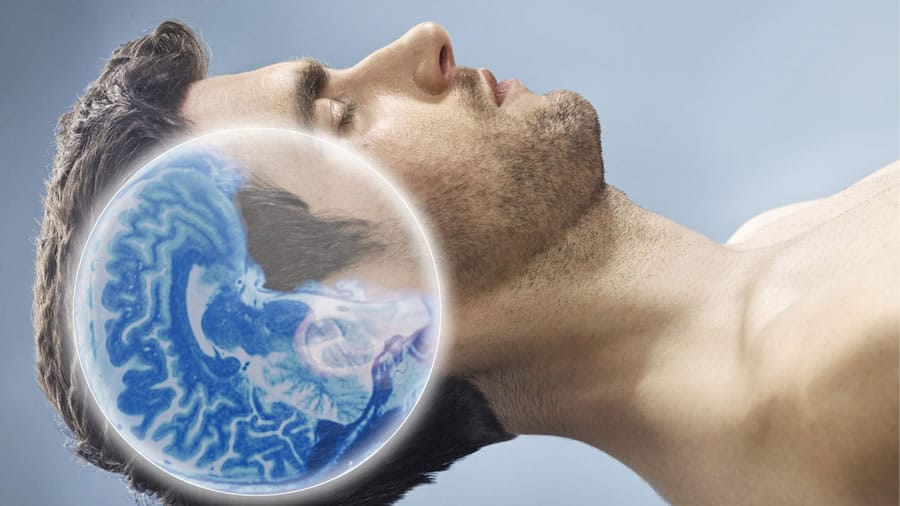
What we know about brain mechanisms in memory essay
Our memory is arranged in such a way that it first enters any of the information that we can memorize and then retrieve at the correct time. And if we forget something, it may help to remember hypnosis or stressful situation, according to Charles A. Morgan III (2004). In fact, the memory is retrieved from more fantasy than real pictures of reality. The mechanism for reading the data is very fragile and can easily be damaged.
Frederic Bartlett proved by experience, demonstrating several test patterns, and then asked to reproduce them from memory. Then it was repeated a few days later, then a week later. In the end, he compared all the received images, and found that each successive has the distinction of the previous one, and the latter is almost similar to the original. However, people were sure that depict what they saw with their own eyes. According to Bartlett, the memories are creative reconstruction, an attempt to re- experience the first taste, the old information in the brain, “rewrites” the new.
Now researchers give the following interpretation of this: in order to remember the past, we need to “erase” the previous information about the event, and then “record” on the re- memory. In the human brain there is no department in charge of storing memories. This fact scientists can not explain. Known brain researcher Karl Lashley, during experiments on rats found that they remember what they were taught, even after the removal of 50% of the brain. With the memory is also associated another mystery. A computer disk does not change, and each time gives the same information, but 98% of the molecules of the brain completely renewed every two days. This means that every two days we have to forget everything you learned before, according to Can a memory be forgotten and then remembered? Can a “memory” be suggested and then remembered as true? (2013).
Finding no convincing explanation for these facts, Doctor of Biology, author of many scientific papers Rupert Sheldrake suggested that memories are placed in the “spatial dimension of the reach of our observation.” In his view, the brain – it’s not so much a “computer” that stores and processes information, but is more like a “TV”, transforming the flow of external information in the form of human memories.

